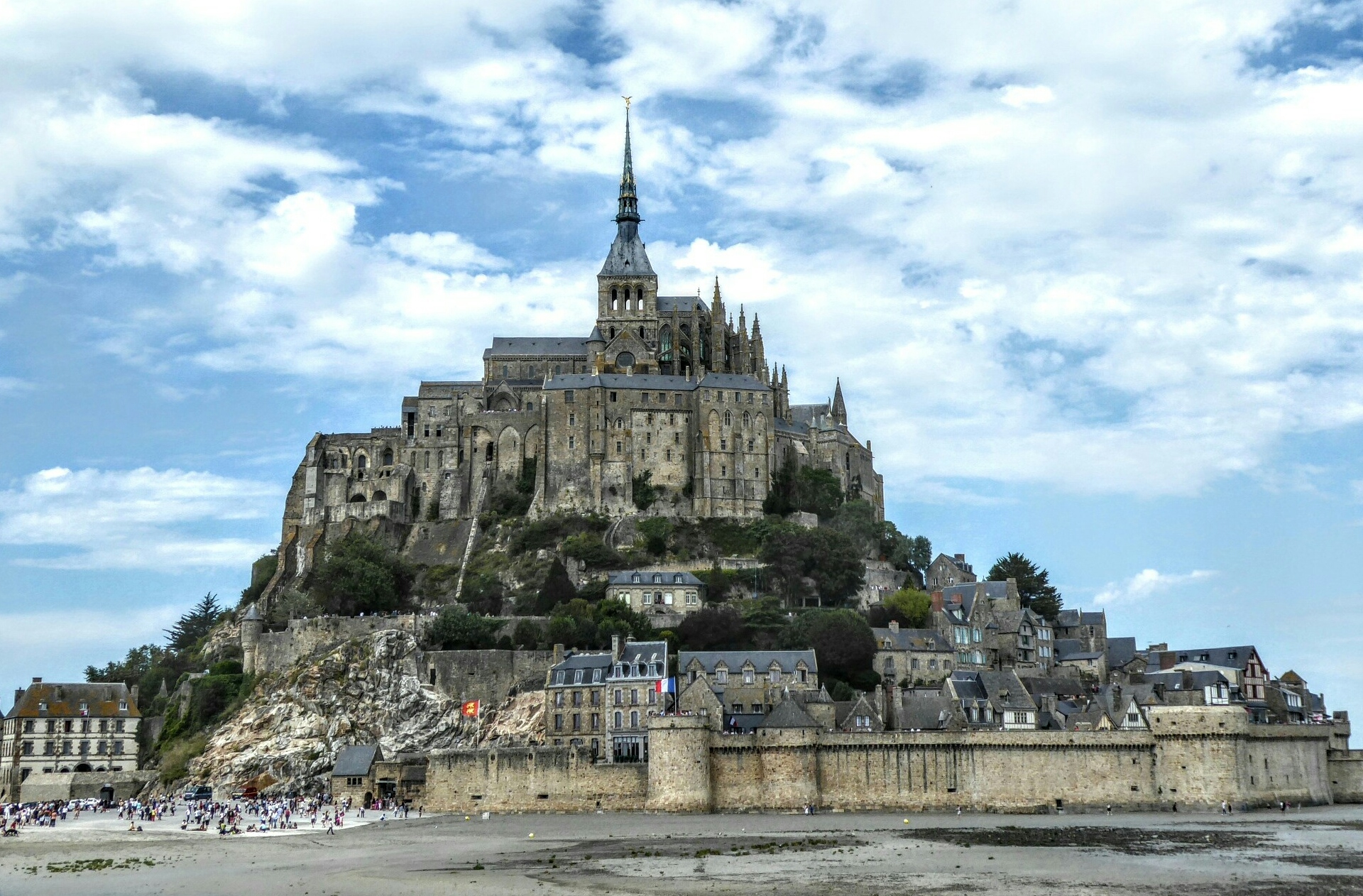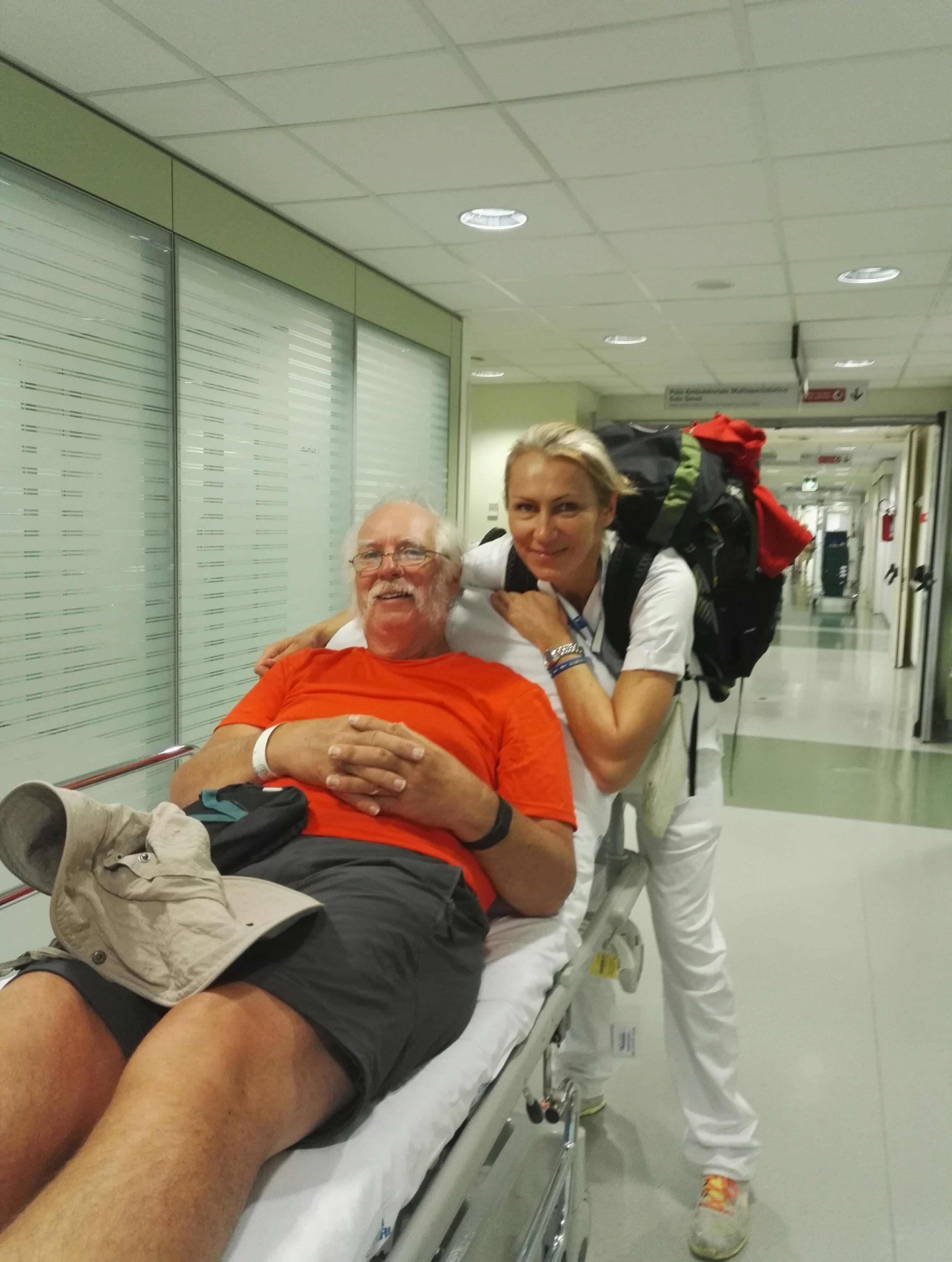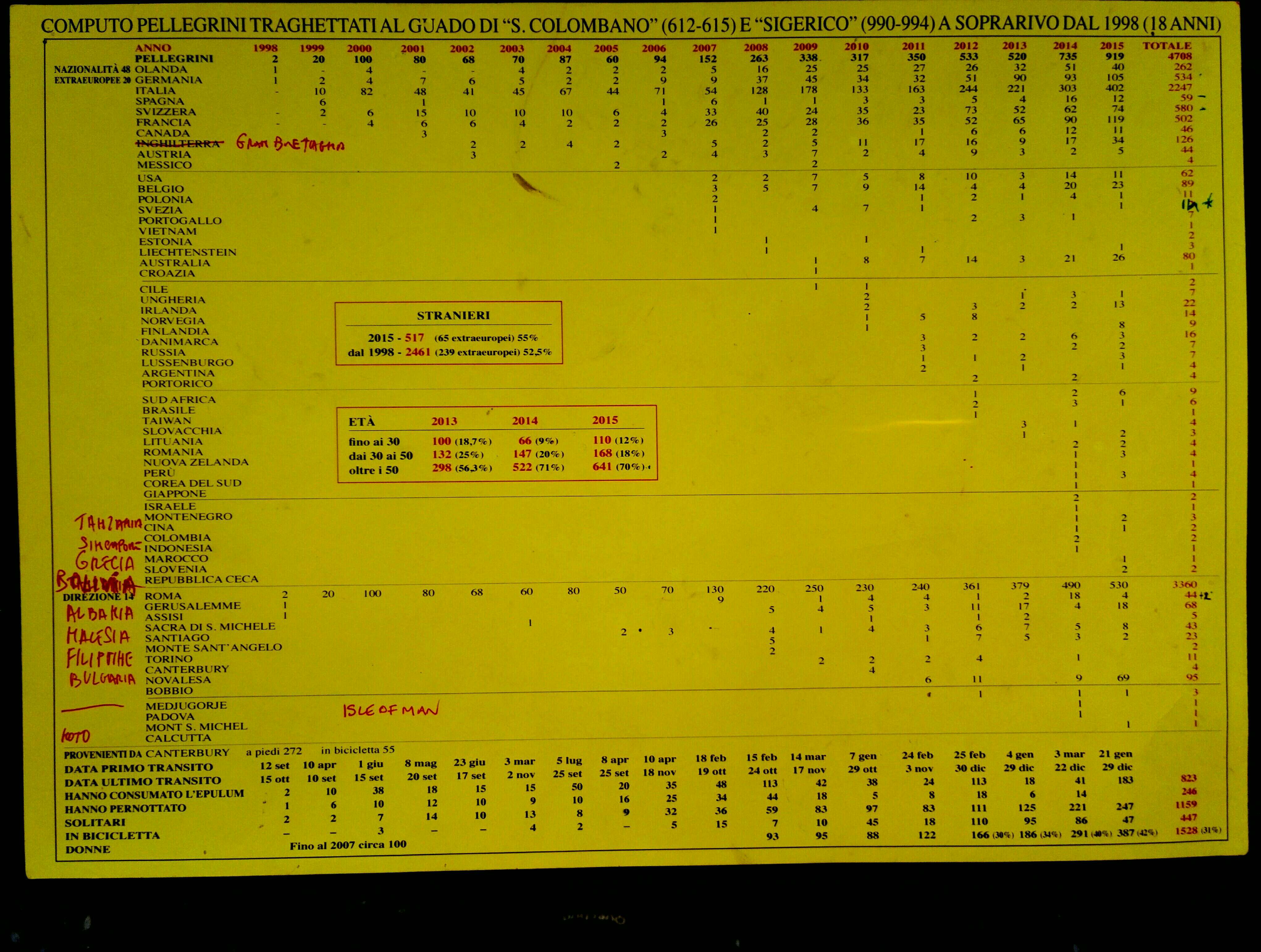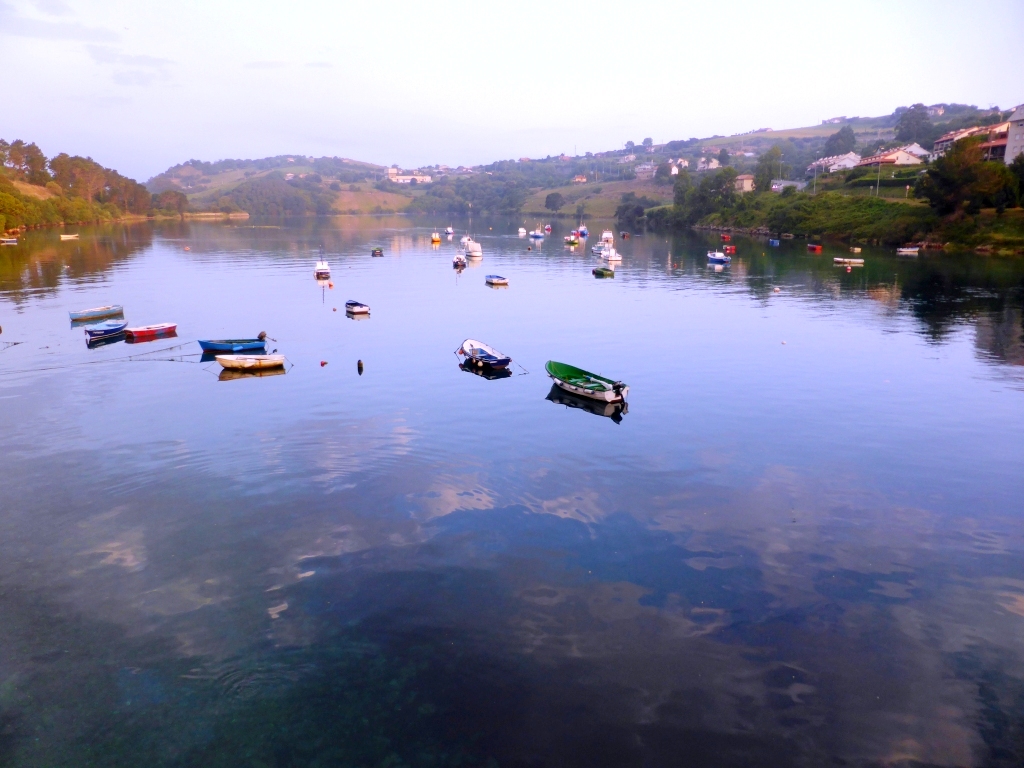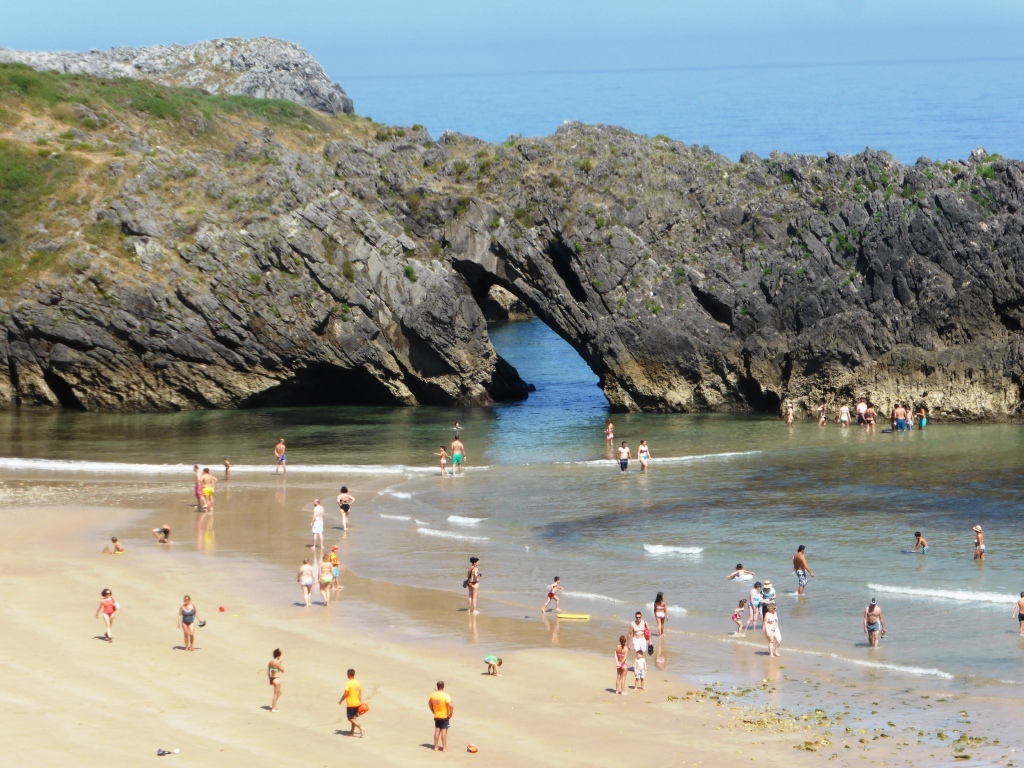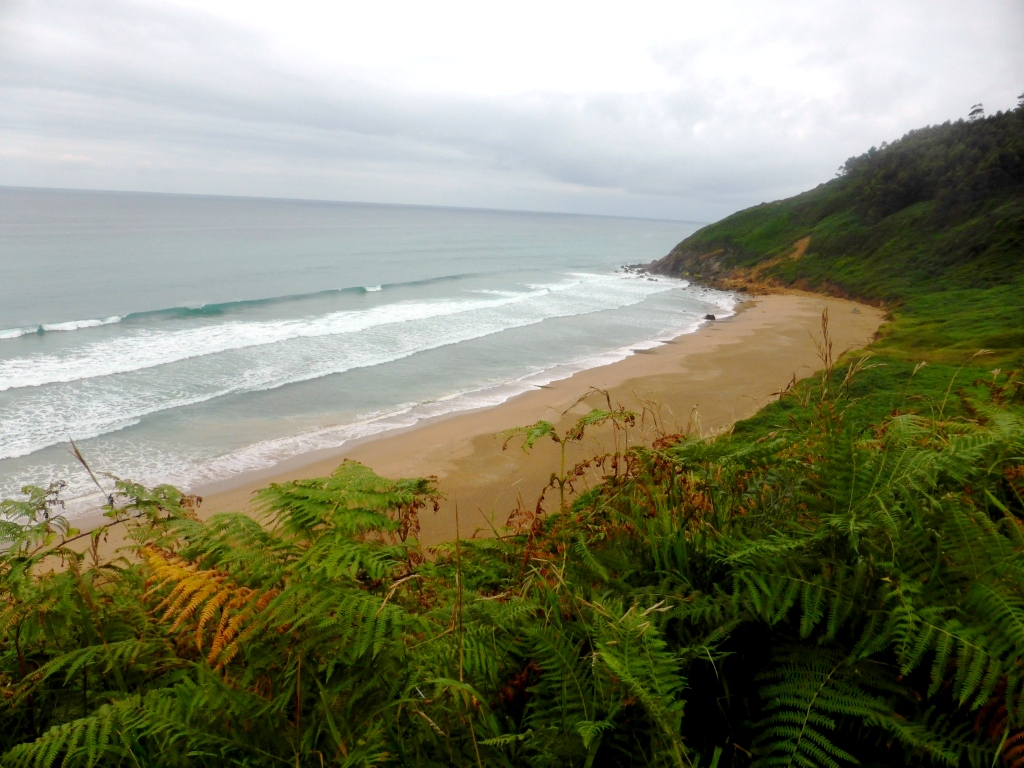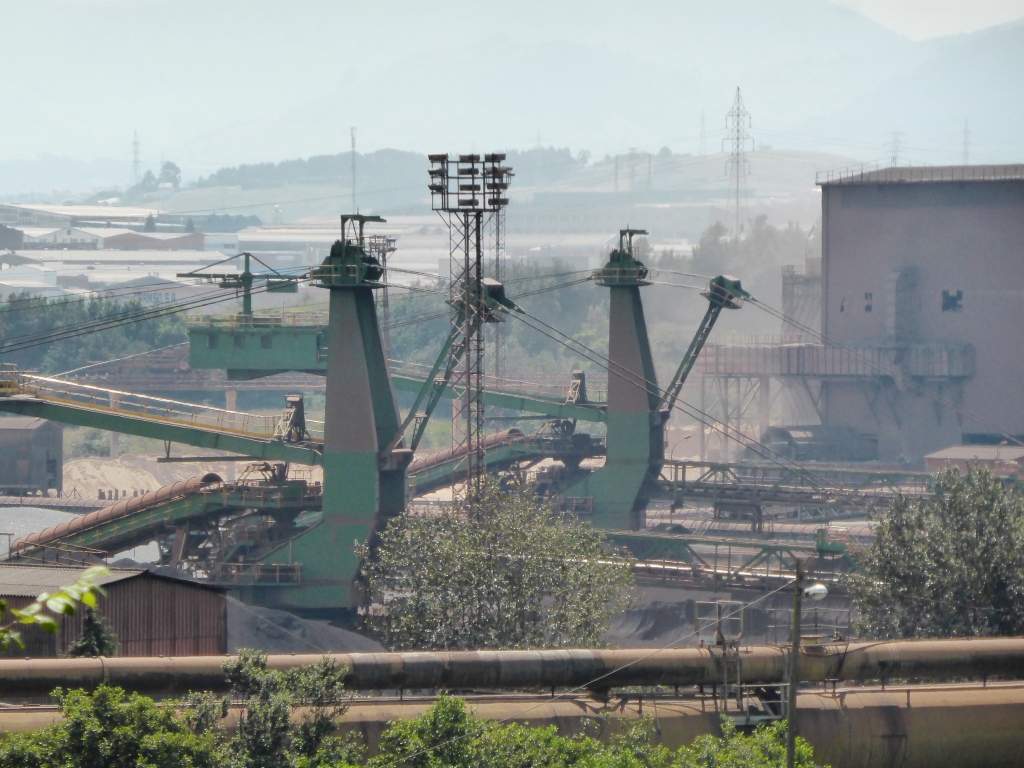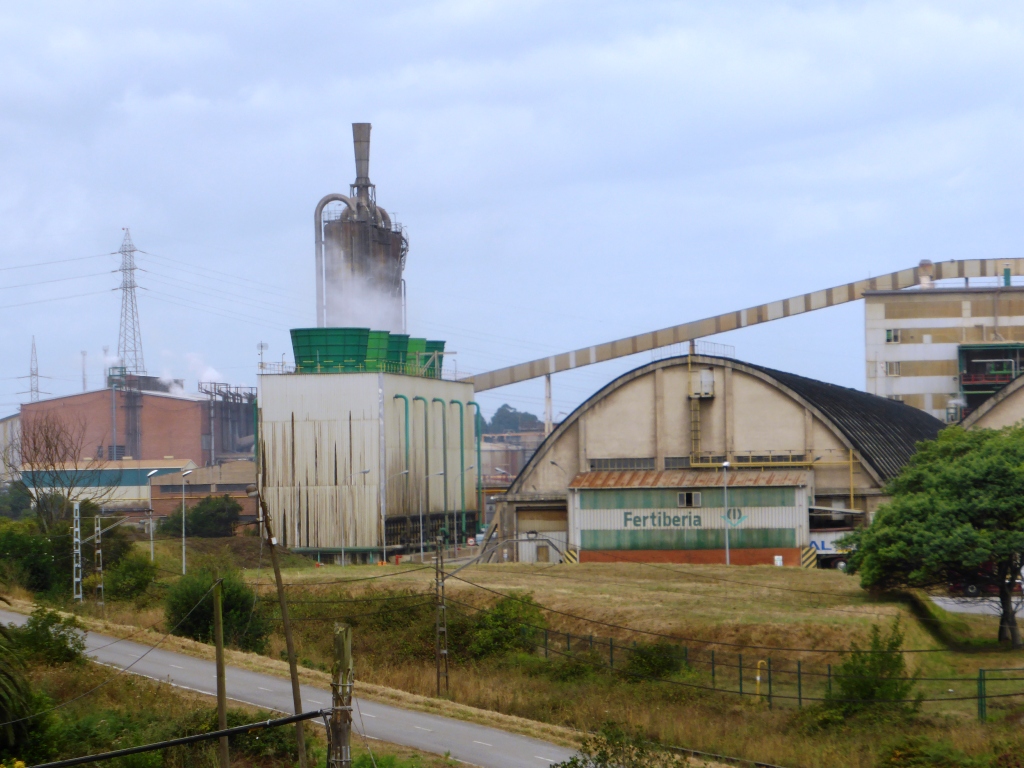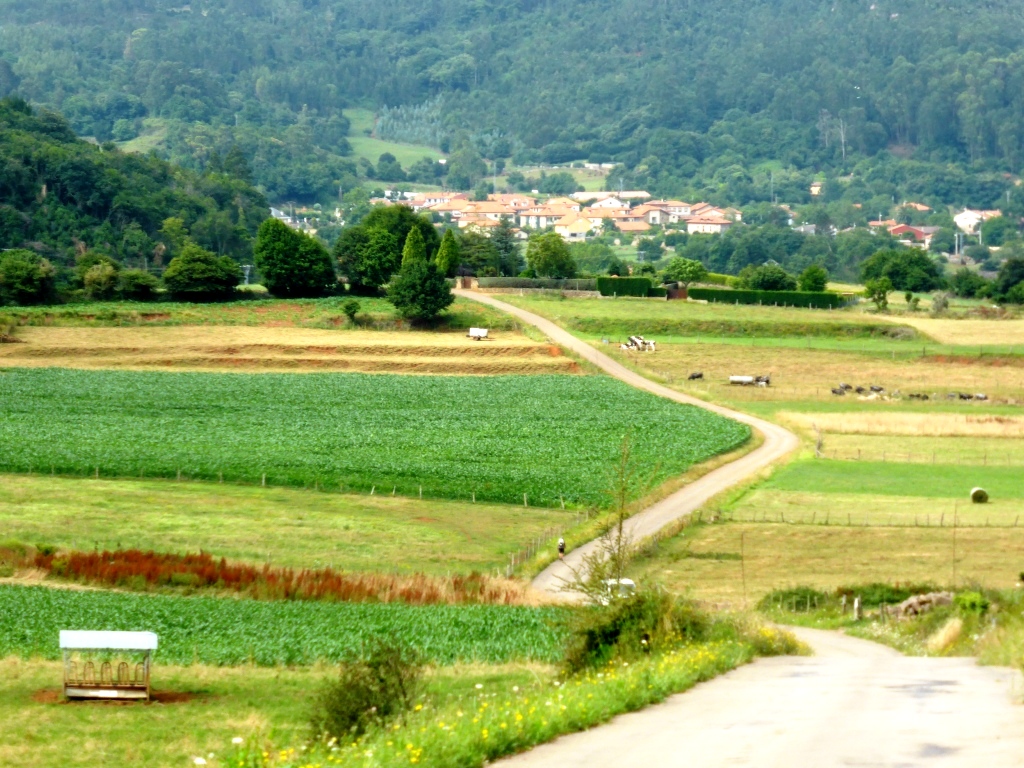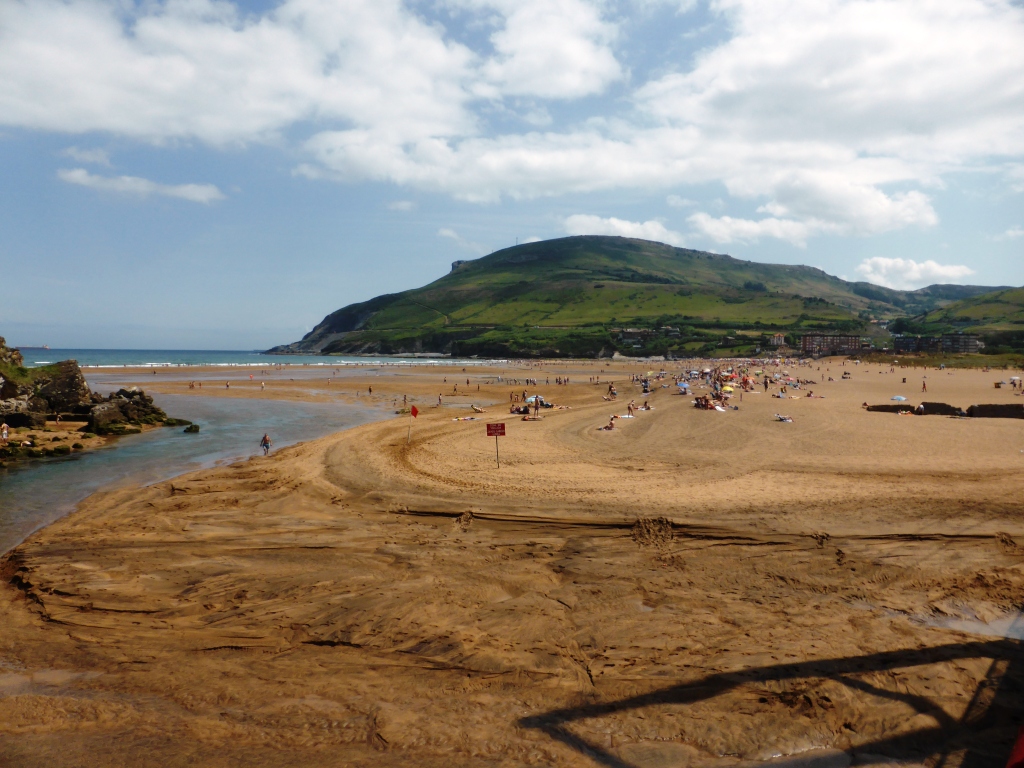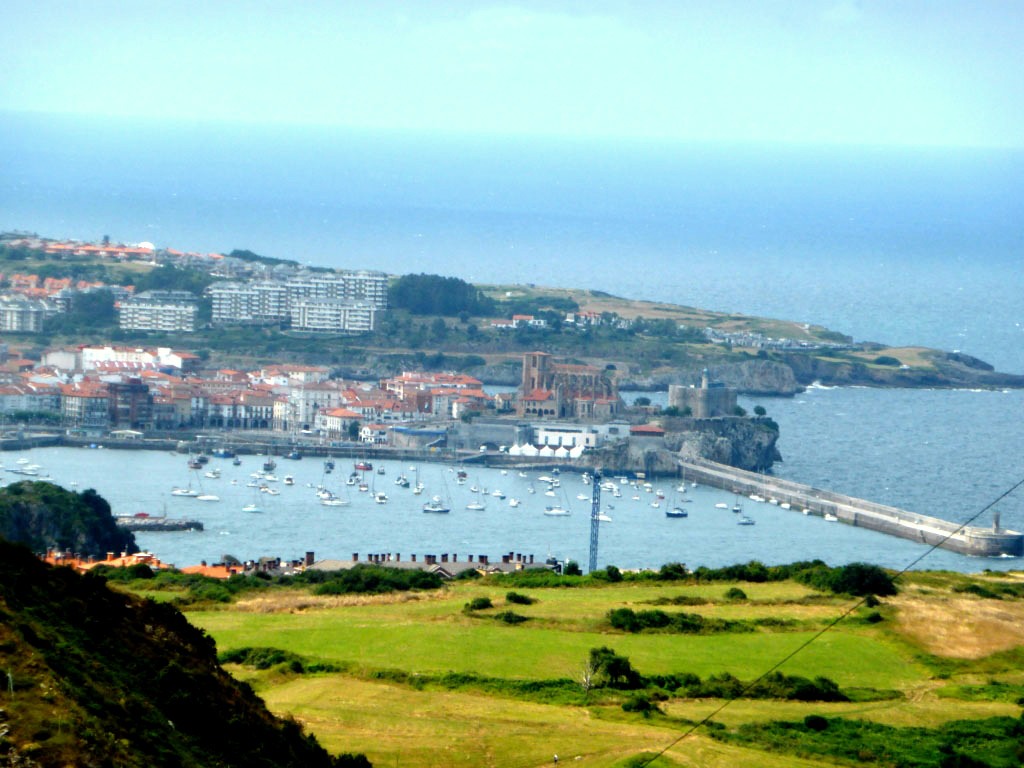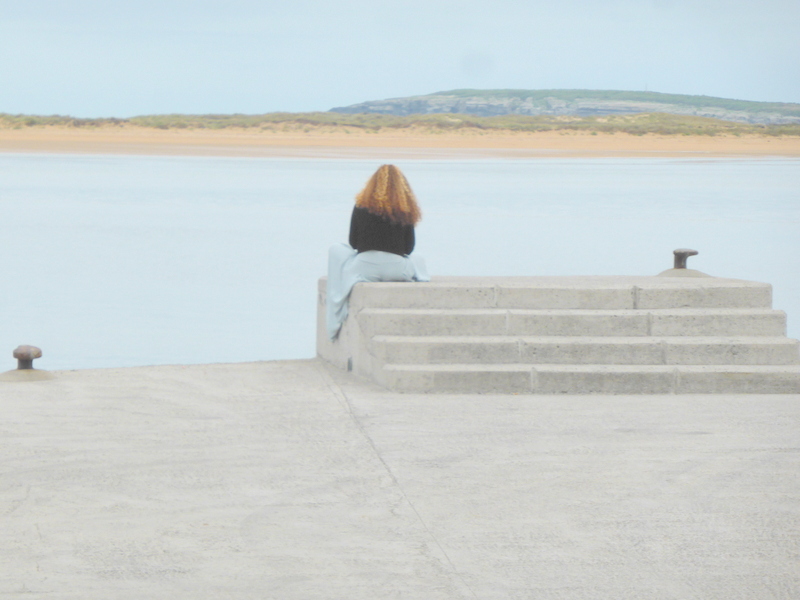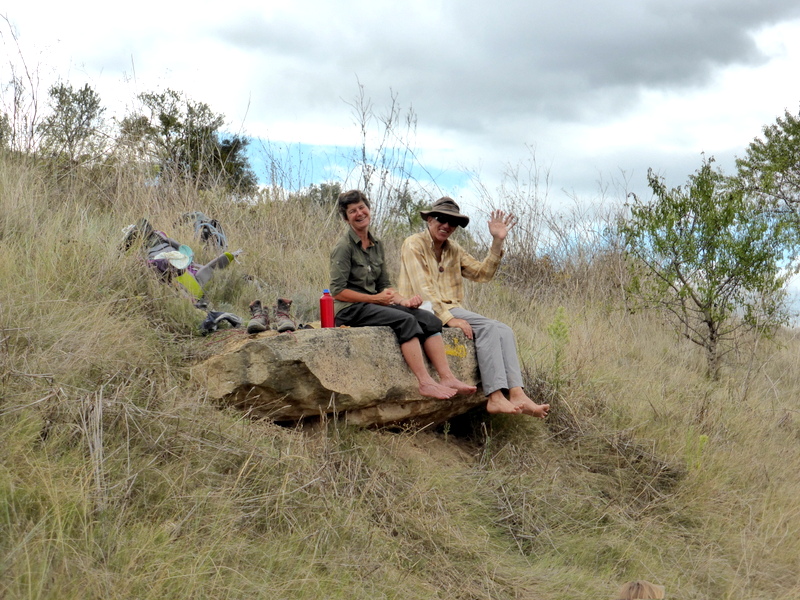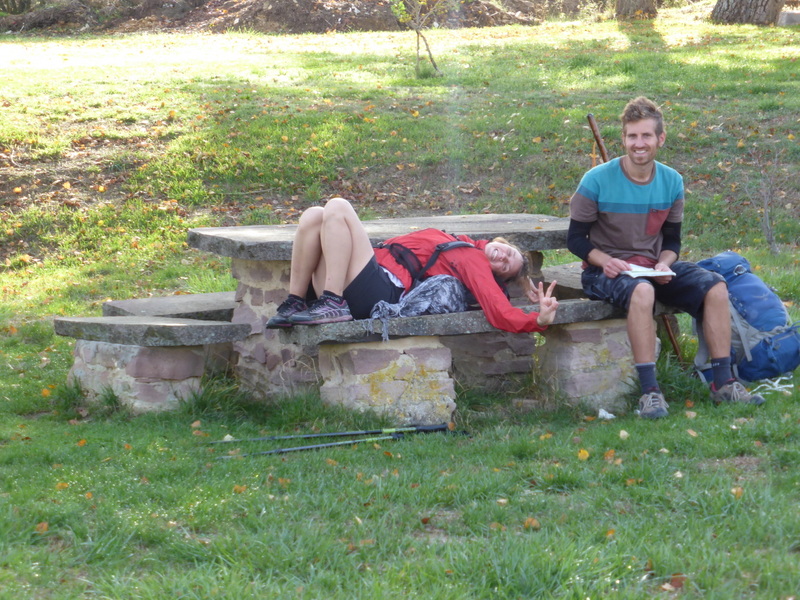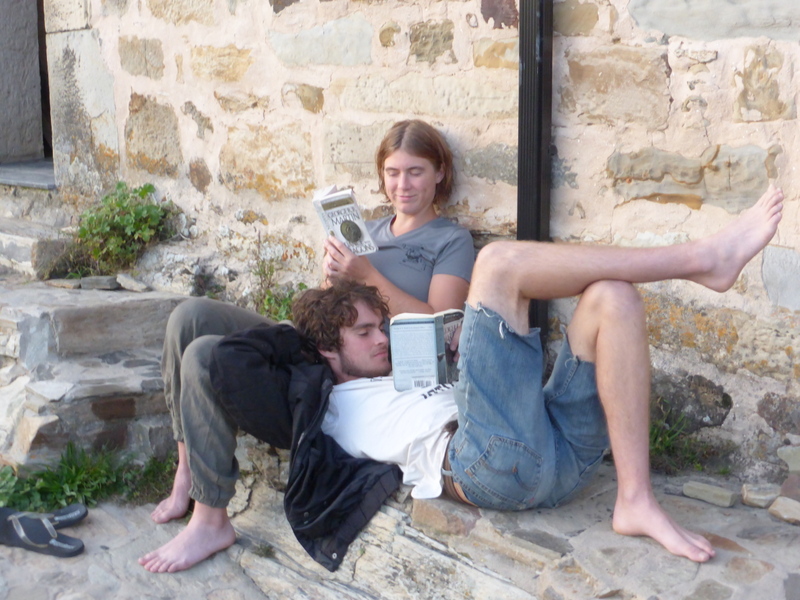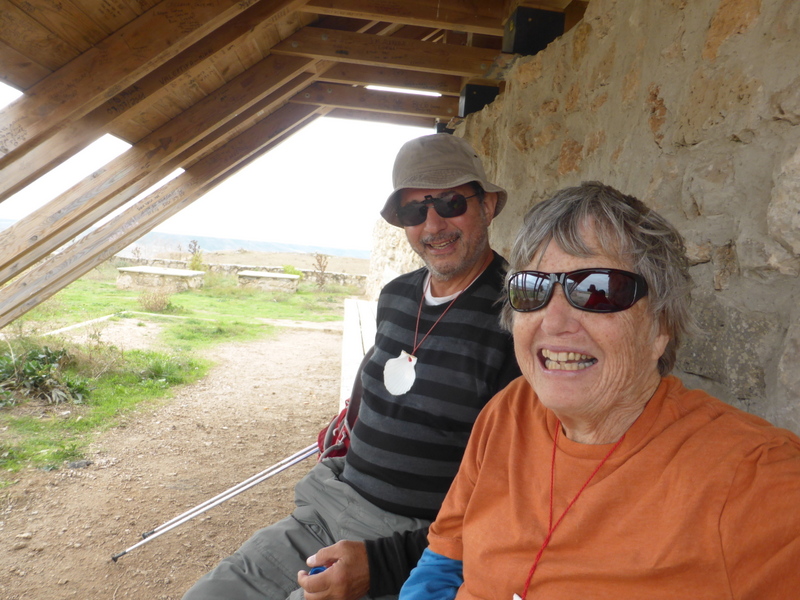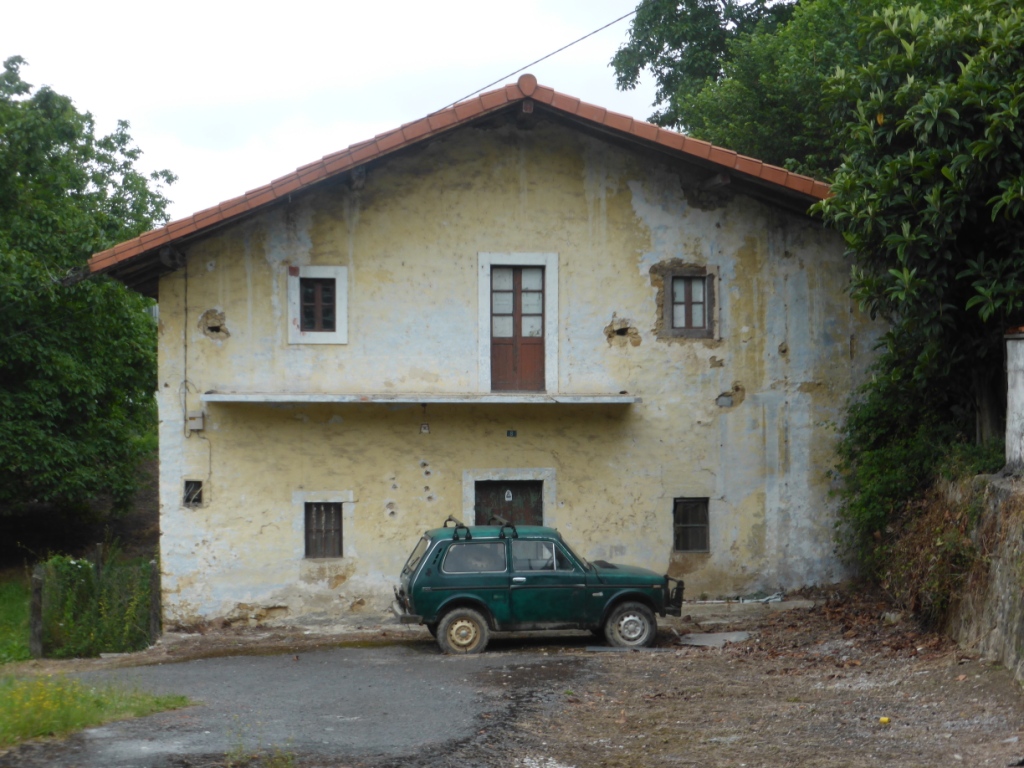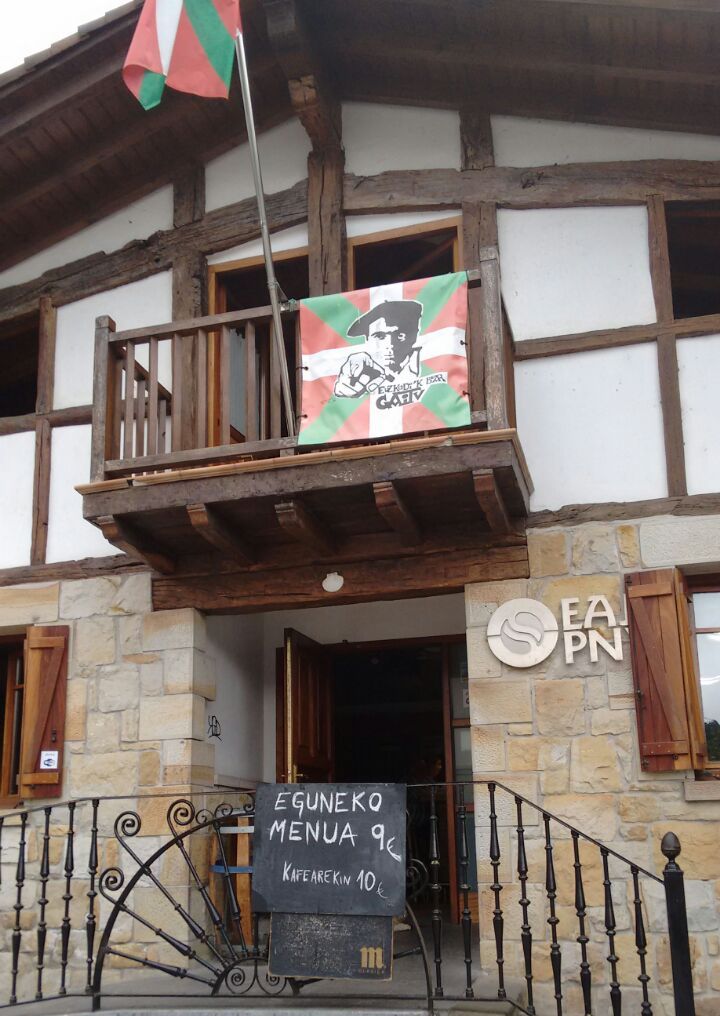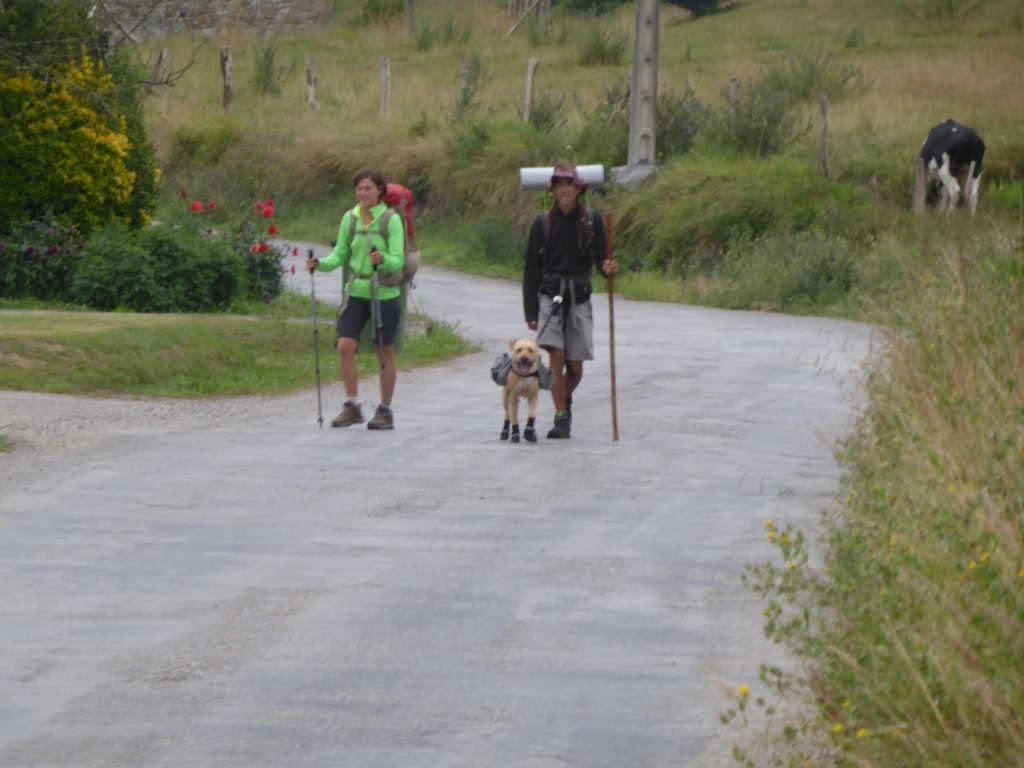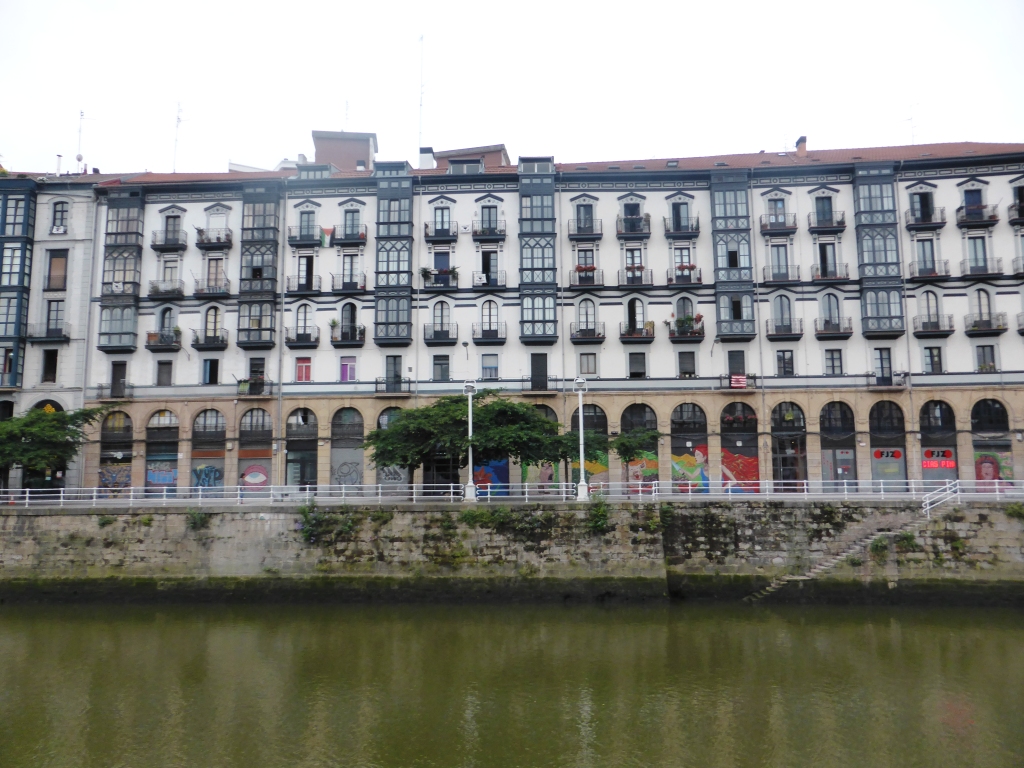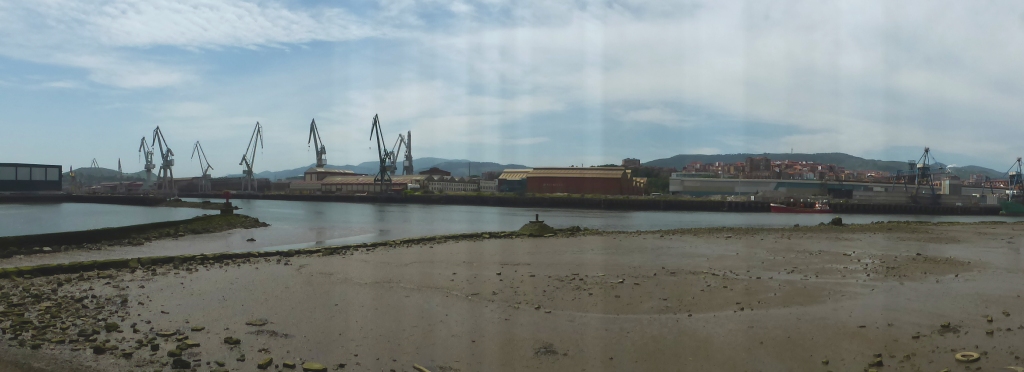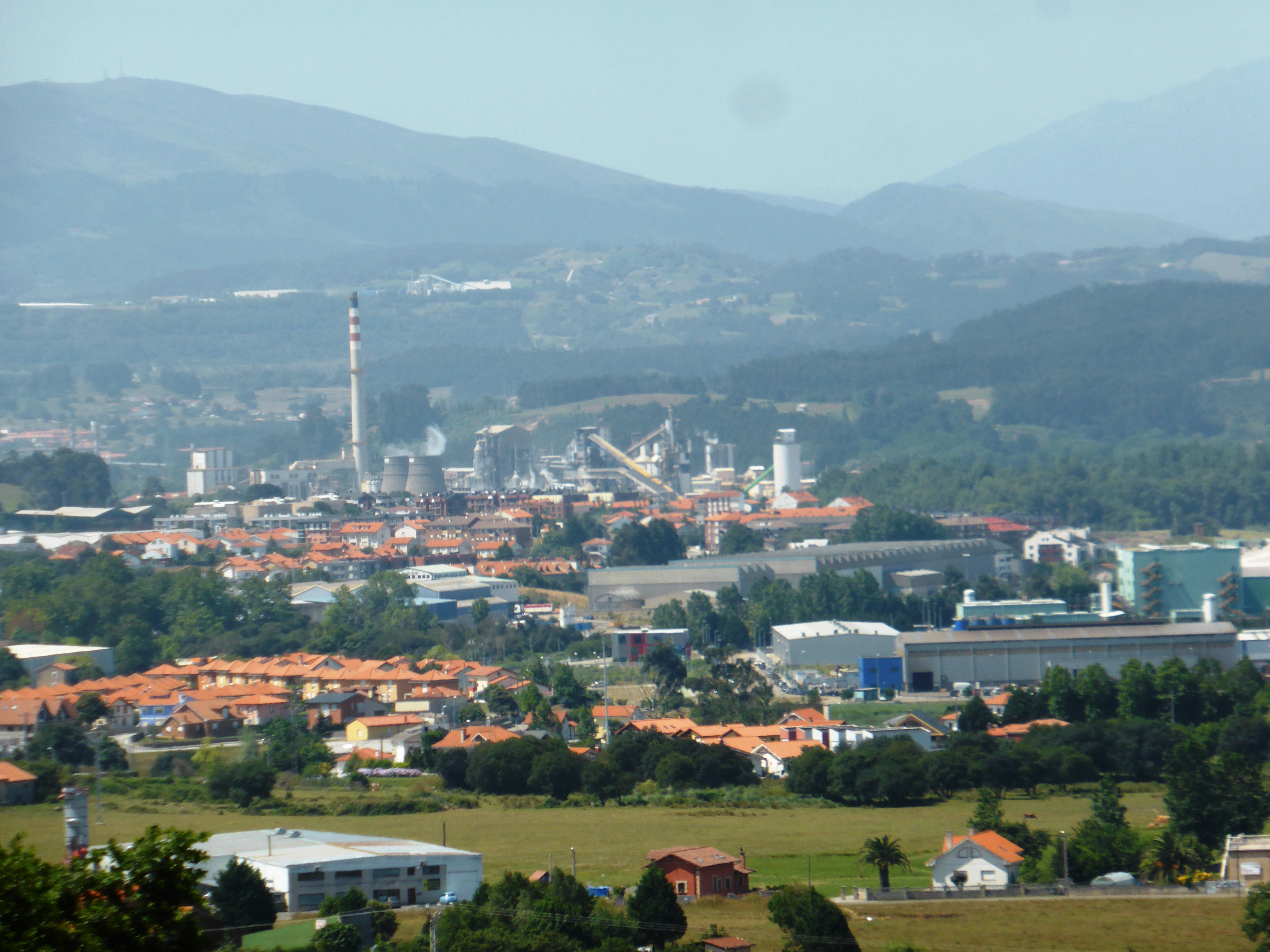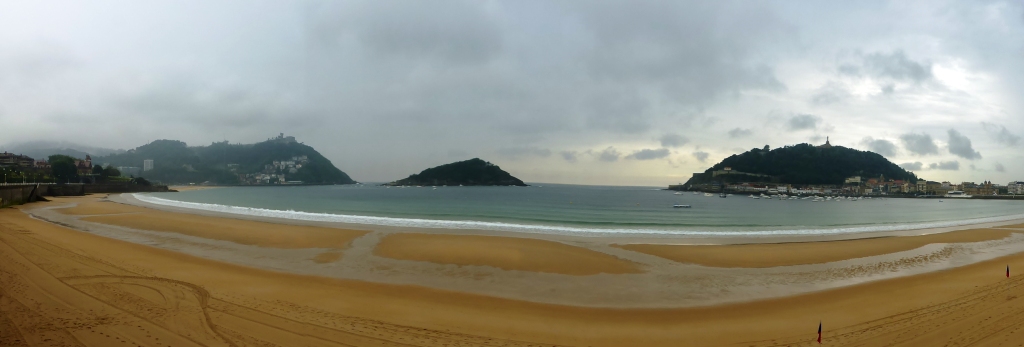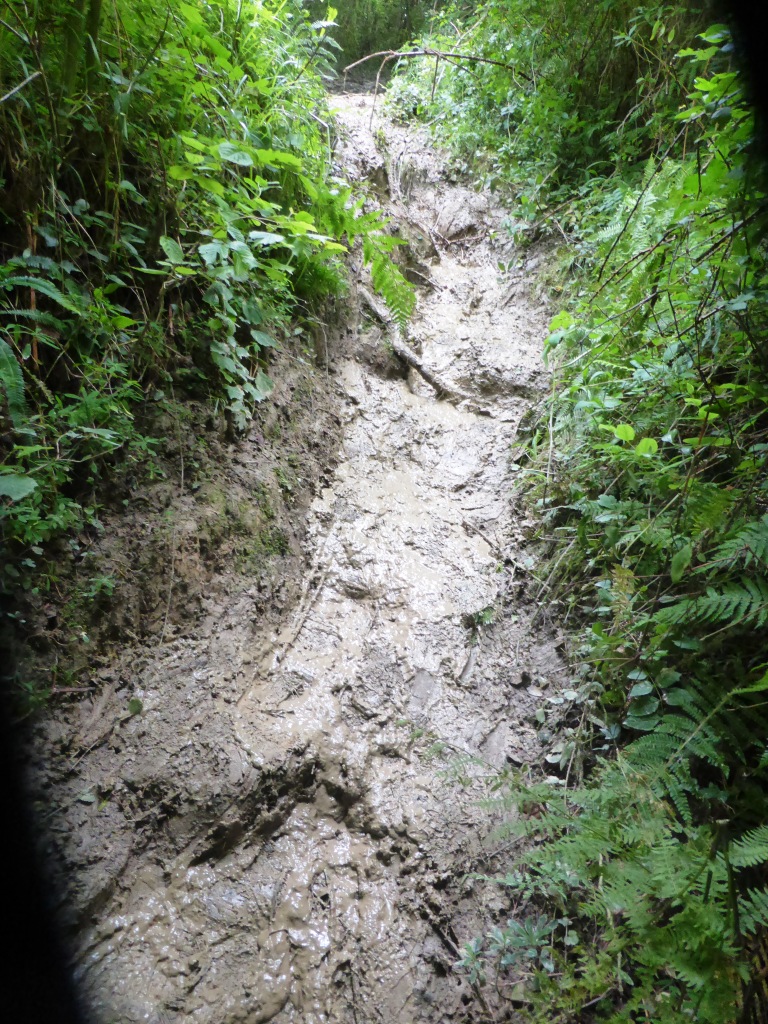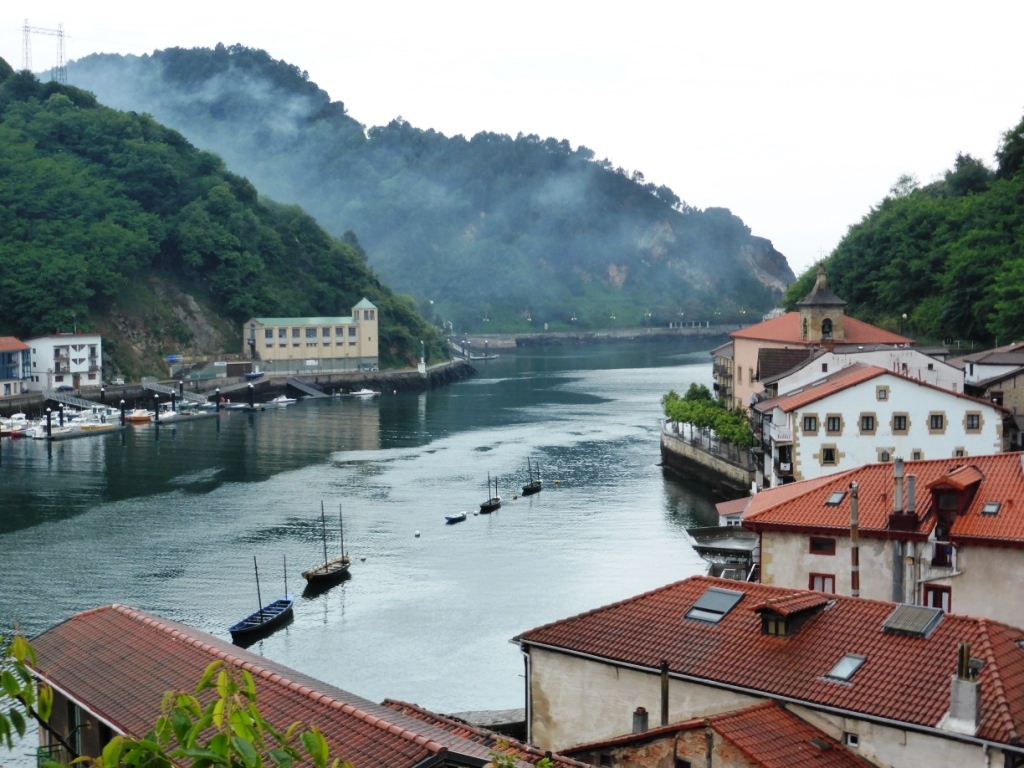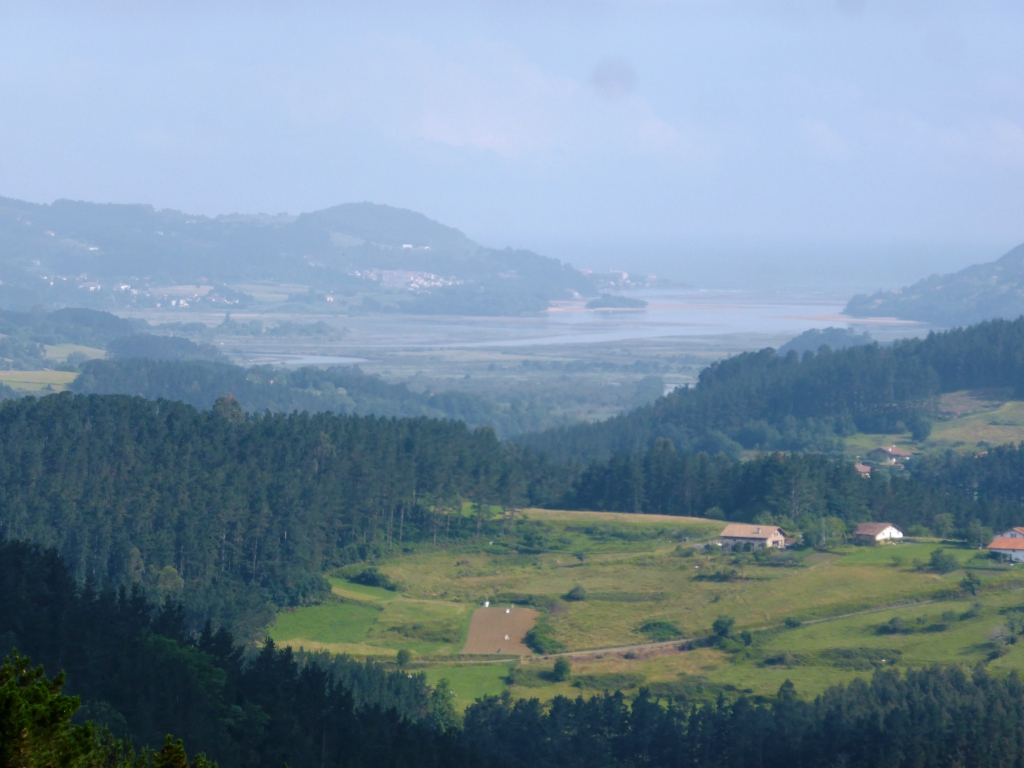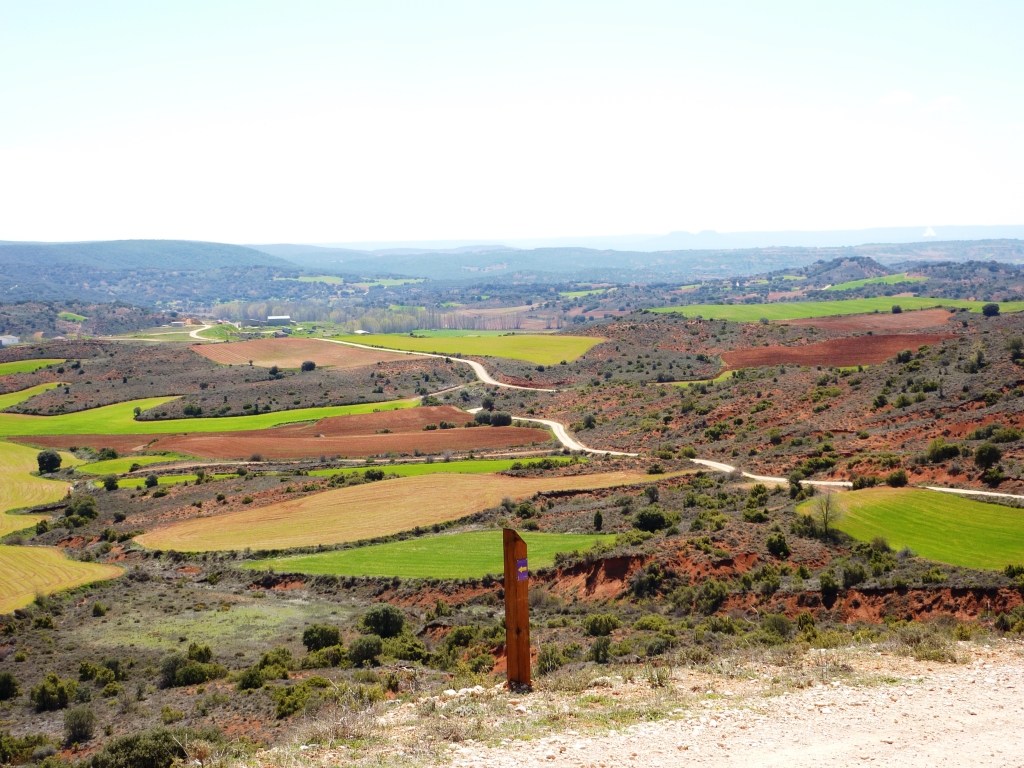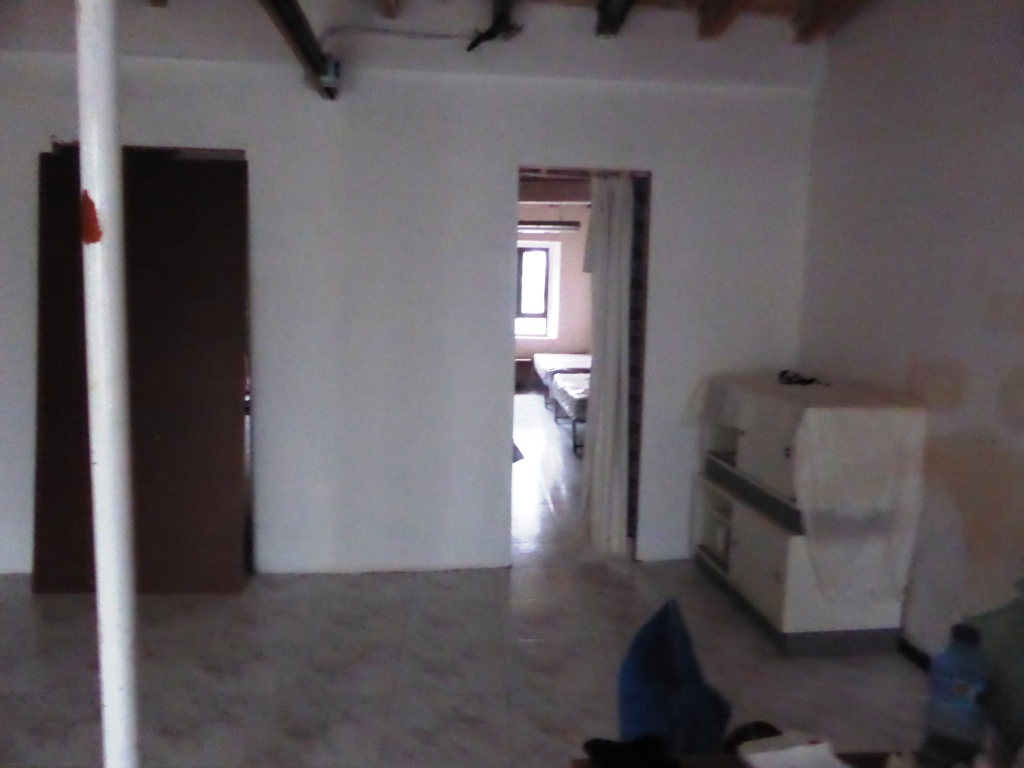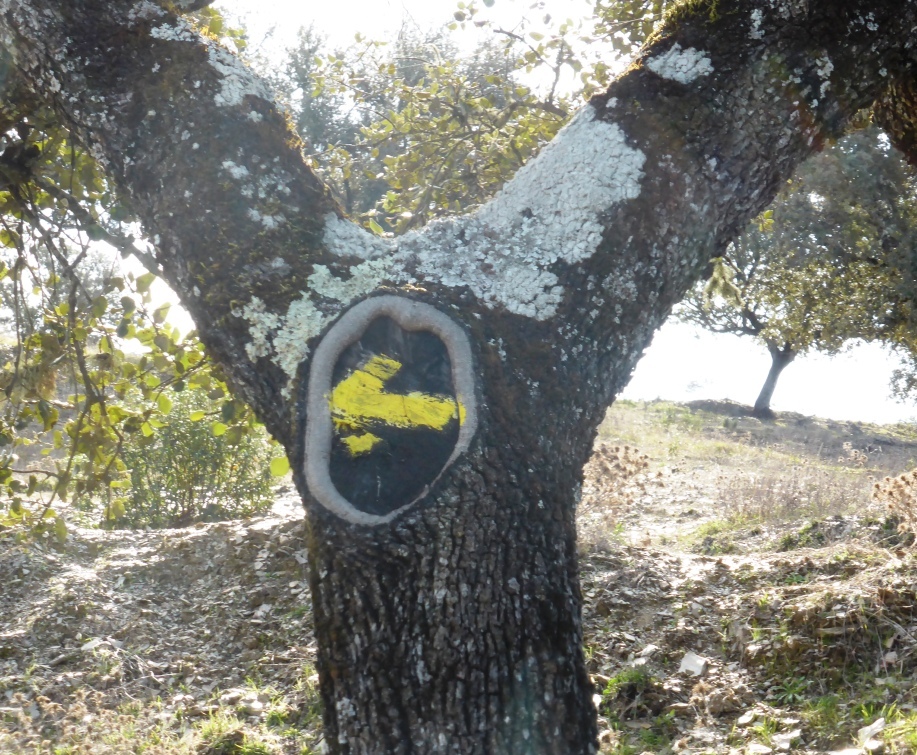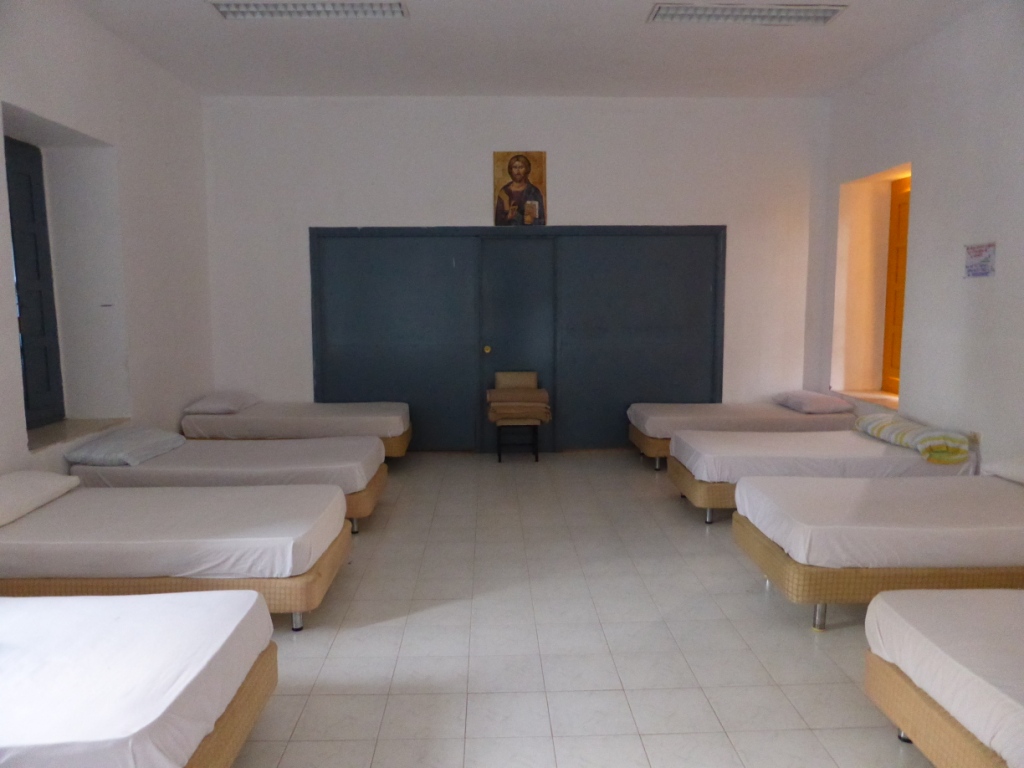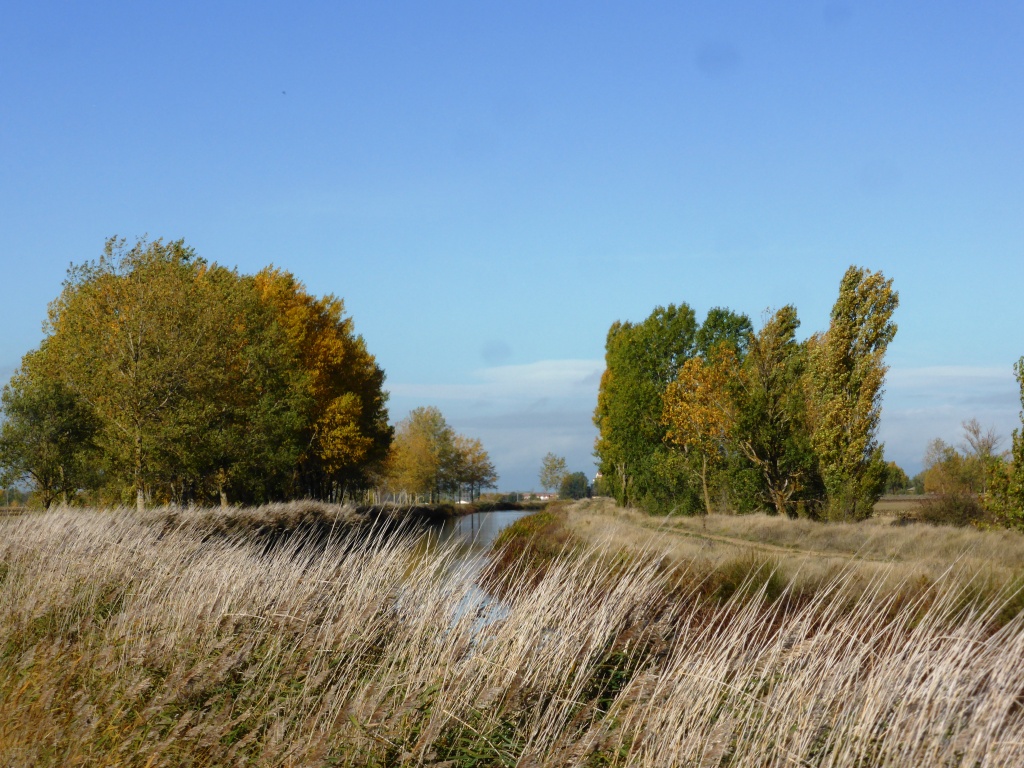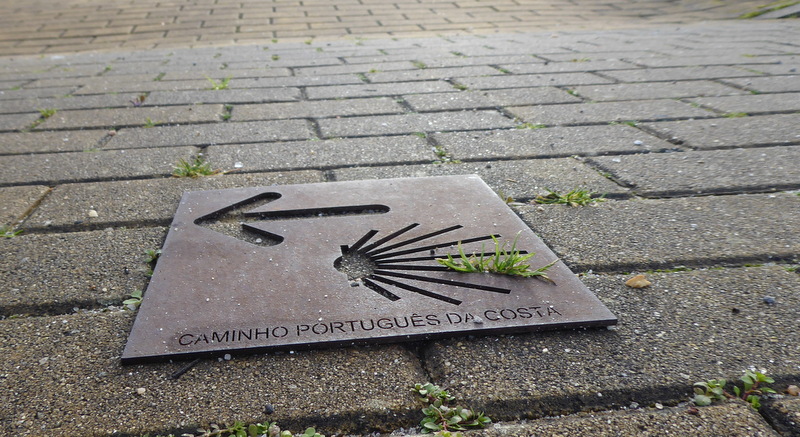
Well signed, with the sea on your left.
Four reasons why The Camino de Santiago Portuguese may be the best winter option.
For the map of the route, with albergues and youth hostels marked, visit this site (in Portuguese).
http://www.caminhoportuguesdacosta.com/pt/o-caminho
1. Weather.
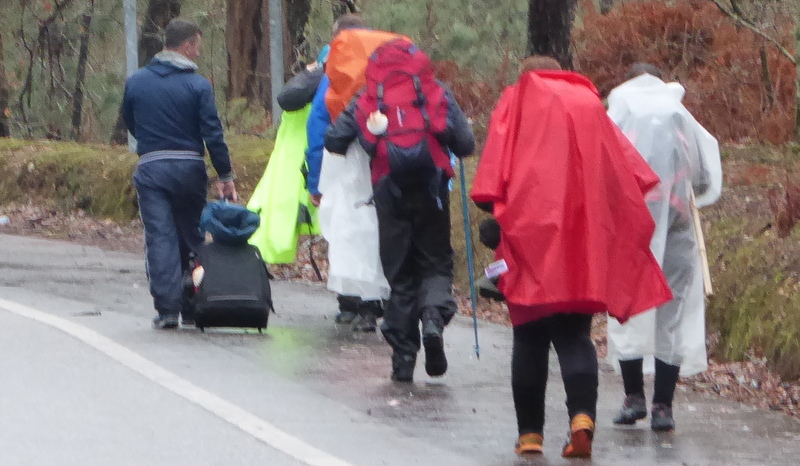
I’d love to know how far this pilgrim went with his wheelie-bag.
Snow and ice can be commonplace on the French Camino in winter. Until late May weather on the Meseta in Spain is often very cold, especially at night.
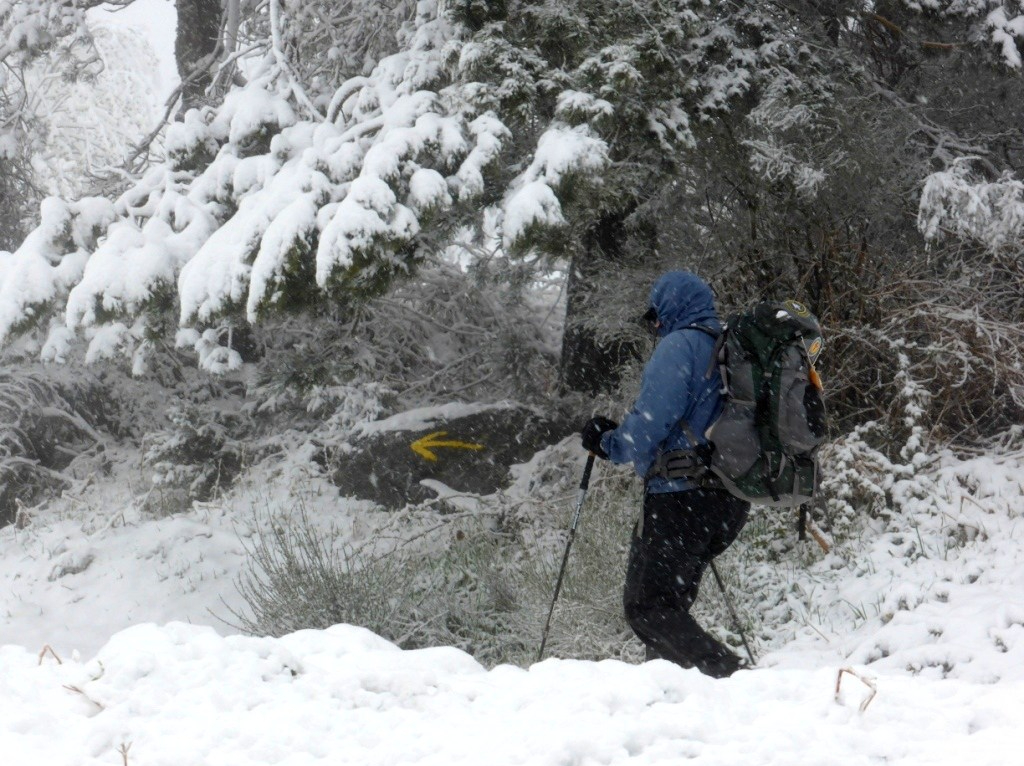
Taken on the Camino Frances in late May.
Portugal is by the Atlantic and temperatures are comfortable for walking and the wind is usually on your back. There are no high mountains either.
For Portuguese weather: https://www.tempo.pt/ In Spain: https://www.tutiempo.net/
This German weather app lets you see when the next shower will arrive and when the sun will come out. Astonishingly accurate, almost as good as looking skywards. https://play.google.com/store/apps/details?id=de.wetteronline.wetterapp
2. Solid underfoot.

Paved in stone … or tarmac.
The Portuguese Camino from Coimbra, either by the coast or through the interior has a fair share of roadway which can be a bonus in winter. Even the tracks through field and forest are usually ancient paved roads.

Camino del Norte, Basque Country. I has mud on this Camino for 7 days.
The treacherous mud which you will wade through on the Camino del Norte or the other Caminos which pass through central Spain is thankfully absent on this one.
3. Hostels are open all year round.

Clean, well-appointed hostels, pousadas or albergues are spaced along the Caminho, open all year.
On many of the other Caminos, especially the French Camino and the Northern one, many albergues are closed in winter. While some of the newer ones on the Spanish part of the Portuguese Camino shut over winter, the majority stay open all year. I am limited in how far I can walk each day and this Camino rarely involes stages of over 20km without hitting upon a place to stay, even in winter. Prices can range up to 15 euros but in the Youth Hostels this includes breakfast.
Youth Hostel site: https://pousadasjuventude.pt/en
4. Excellent Transport links.

Bright orange trains run all the way up this camino from Porto to Valenca on the border with Spain.
To start this Camino there are flights to Lisbon, Porto and Vigo. There is also an overnight train every evening from Irun and Madrid which goes to Coimbra and Lisbon.
So reaching whatever point you choose to start is fairly convenient and for those who want to start right in the south Faro airport is well served from all over Europe.
Portugal has an inexpensive rail network with frequent trains. From Lisbon northwrads you can easily get to the place you wish to start by train since the line runs all the way to the spanish fronteer.
Train times: https://www.cp.pt/sites/passageiros/en
The only chink in this comprehensive service is that the ferry across the Minho estuary between Caminha and A Guarda is not running at present. If you want to continue the Camino de la Costa via Vigo you will need to cross 15 km up river at Vila Nova de Cerveira.

Looking across the Minho estuary to Monte Tecla, in Spain.

